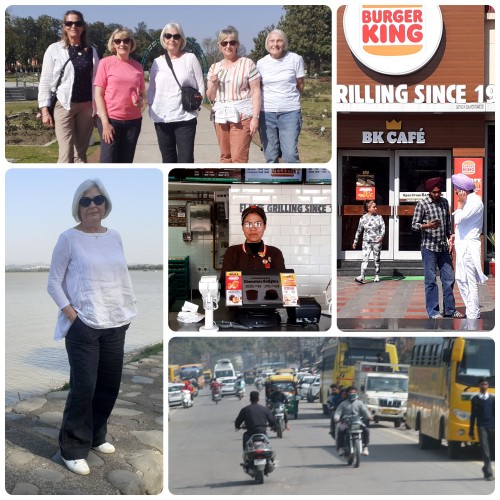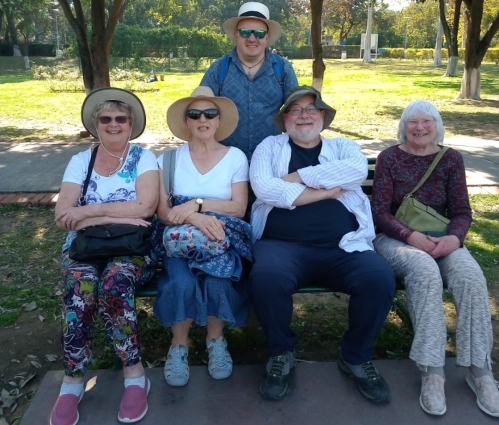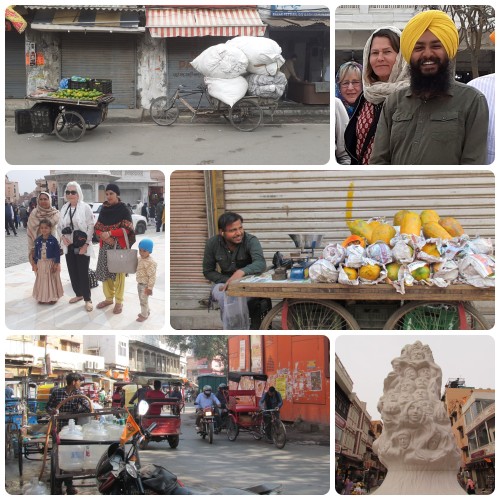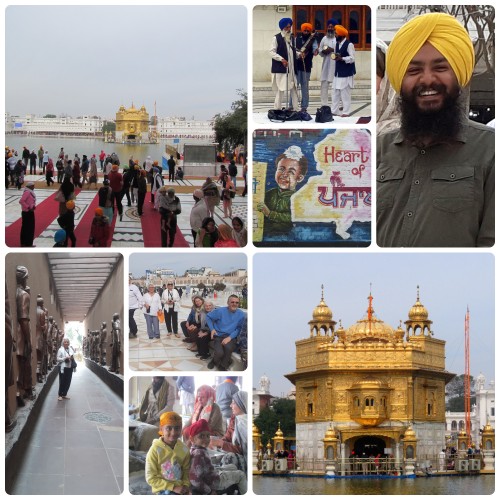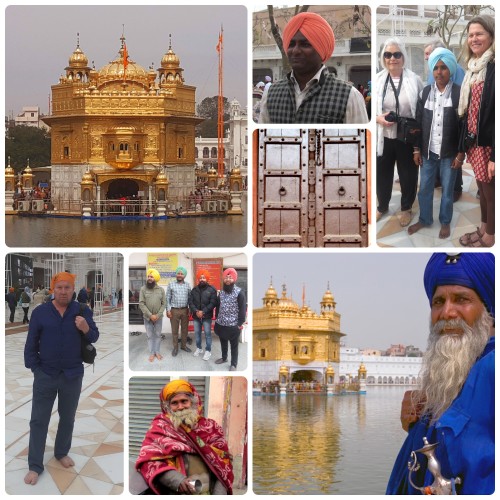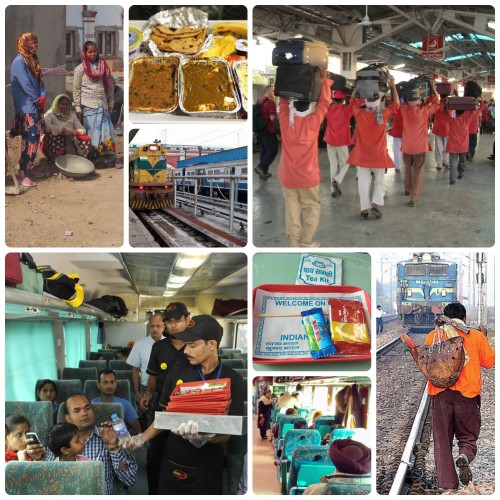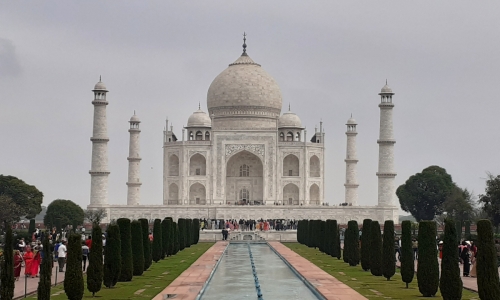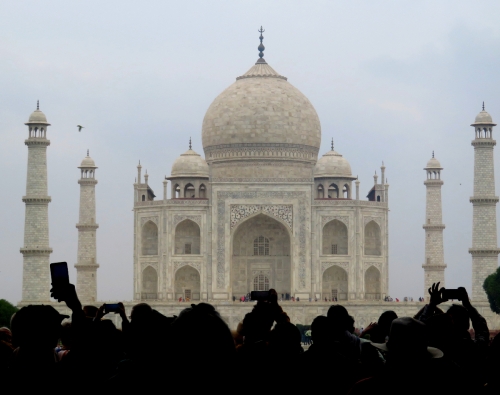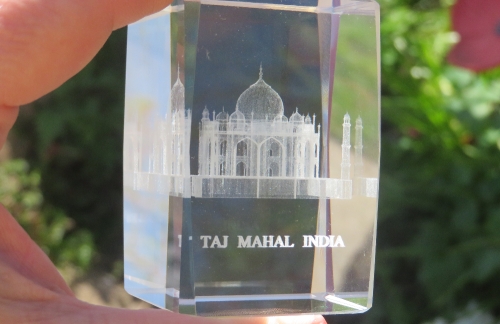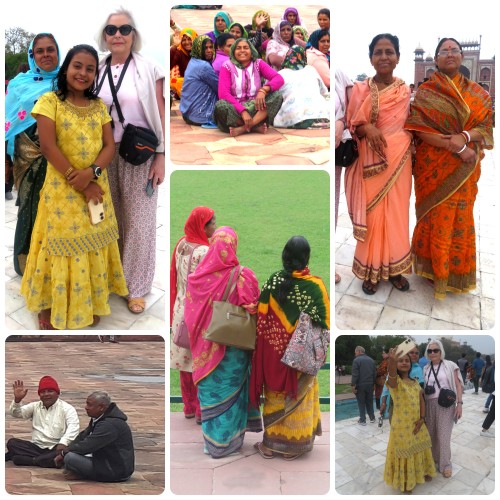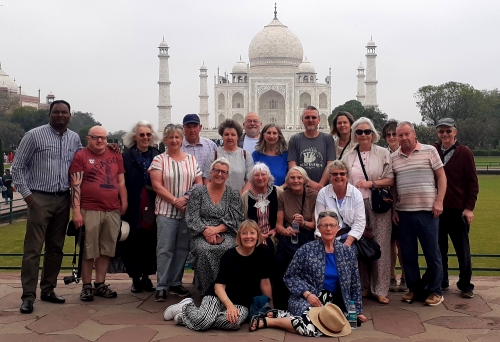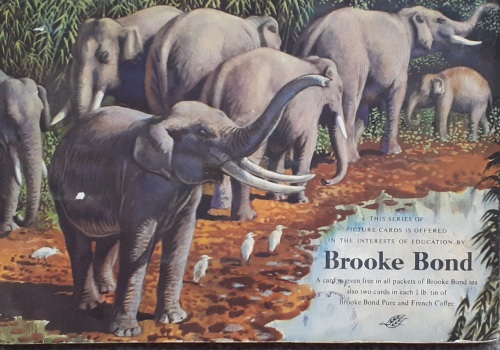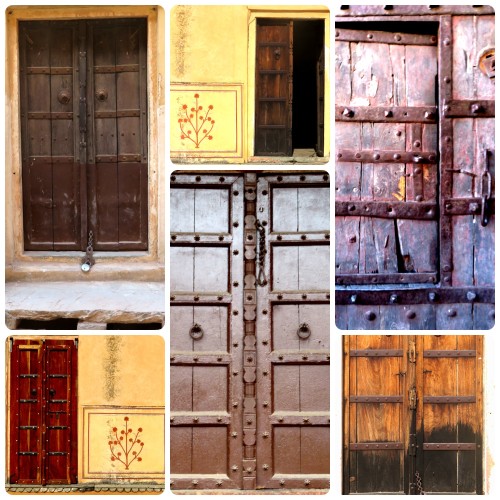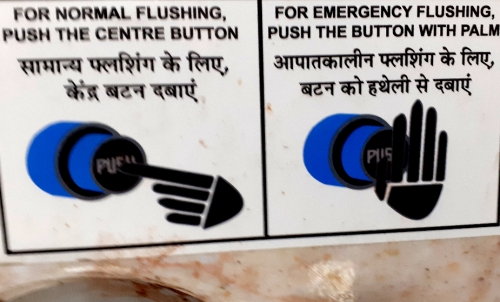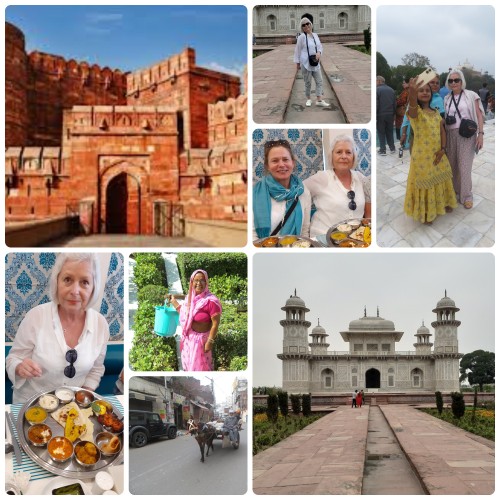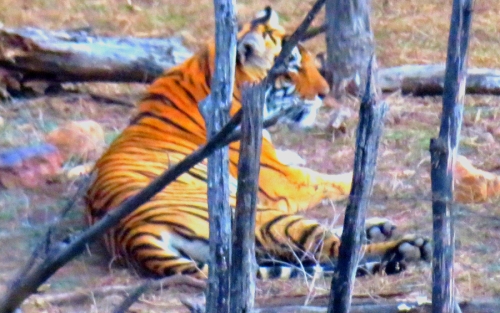After a second night at the hotel in Amritsar and more curry we set off the following morning on a journey of one hundred and fifty miles to the city of Chandigarh.
It was a long drive but I enjoyed it. Kim slept of course. It was a motorway but not a motorway as we would understand it, pedestrians wander along the verge, cows stray absentmindedly into the road, vehicles drive in both directions on the same carriageway, there is no lane discipline and the hard shoulder is decorated with broken down vehicles. I doubt you can call the AA or the RAC for assistance here.
Around about midway we stopped at a service station for a break and we ordered a cup of tea. In India they brew tea in a different way to us, they boil a kettle with a tea bag or two, milk and sugar added which makes it impossible to drink if like me you like it black.
Then there was an amazing coincidence. We were talking to some British Indians that were here on holiday and it transpired that the woman came from Leicester and so do I and as we spoke it became clear that she lived very close to where I lived as a young boy. Then it became bizarre because the man told us that he was from Grimsby, well Immingham close by actually, but not really Immingham but the nearby village of Healing. Which is where we live! I will say that again. Which is where we live! Here in the middle of the Punjab, five thousand miles from home we met a man who lives around the corner!
Later as we approached the city we stopped for lunch, there was curry but a few of us were not in the mood for curry so we turned down the opportunity and went to a nearby Burger King instead and sat outside in the sunshine. There is not a lot of choice at an Indian Burger King it has to be said with the menu restricted mainly to chicken but it made a nice change. The young girl serving appeared perplexed when I asked if I could take her photograph. Middle picture top collage,
Chandigarh is a new city and tour guide Rahi warned us that there is not a great deal to see. No forts, no Palaces, no old town because the city was built in the 1950s when India needed a new capital for Eastern Punjab on account of the partition and the inconvenience that the previous capital of the whole of the Punjab was Lahore which was now in Pakistan.
The city has one of the highest per capita incomes in the country and the territory has one of the highest Human Development Index among Indian states and territories. In a 2015 survey it was ranked as the happiest city in India. In the same year an article published by the BBC named Chandigarh one of the few master-planned cities in the world to have succeeded in terms of combining monumental architecture, cultural growth, and modernisation. Its tag line is the “Beautiful City” and it was immediately obvious that it is quite unlike Delhi, Jaipur, Amritsar or anywhere else that we had visited because it was clean and tidy, no beggars, no litter and immaculate gardens.
We were visiting the city rose garden, the Zakir Hussain Rose Garden named after the former Indian President Zakir Hussain which claims to have over fifty thousand rose bushes with more than one thousand, five hundred species and hosts the annual ‘Rose Festival’ in early Spring.
This sounded promising but the only point of visiting a stunning rose garden is if there are any stunning roses and today there were none, I have no idea how they were going to stage a Rose Festival without roses so it was all a bit of a disappointment.
This is how it should have looked…
So we walked around the garden, got back on the coach and went to another bit of parkland surrounding a lake and went for another walk. It was beginning to become obvious now that this was a filling in sort of day, a transit day to get us from one side of the Punjab to the other before moving on tomorrow to the next big visit – Shimla, close to the Himalayan mountains. With such big distances to cover a day such as this is inevitable.
We left the city and drove to our overnight hotel and here we said goodbye to driver DP and assistant Chandu because they were leaving us now and returning to Delhi. The next stage of our journey was into the mountains and the large coach was unsuitable for the narrow roads so we were transferring to smaller mini buses.
It had been a pleasure to be driven by DP he had been an excellent driver and assistant Chandu had been friendly and helpful throughout.

